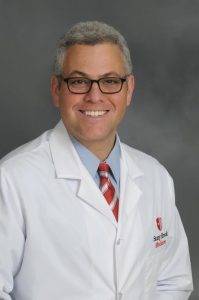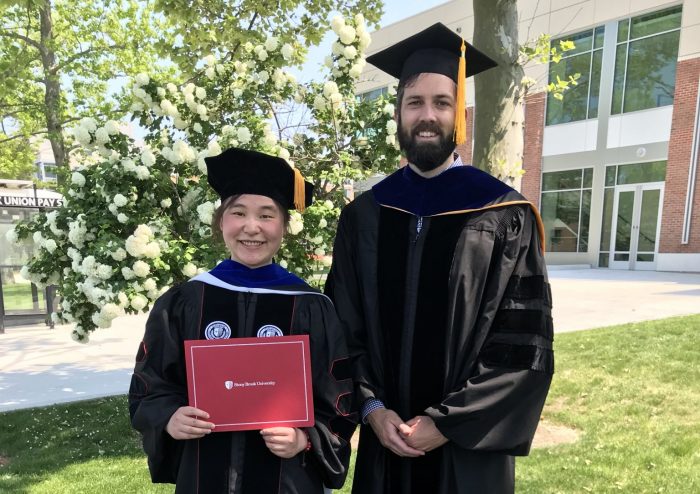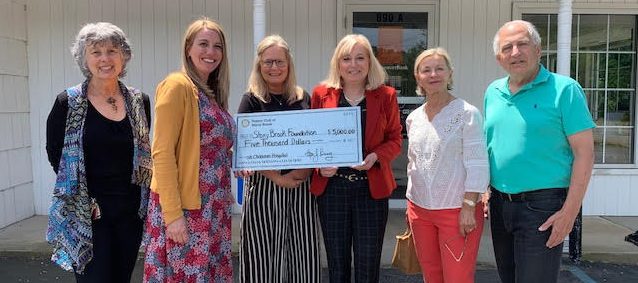More than 150 people, celebrating a local elected official’s announcement, filled the front courtyard of the Three Village Inn, Stony Brook, in the late afternoon of June 2.
Suffolk County Legislator Kara Hahn (D-Setauket) announced her bid to run in 2022 for New York’s 1st Congressional District. Hahn, who is also deputy presiding officer of the county Legislature, will run against fellow Suffolk Legislator Bridget Fleming (D-Noyac) for the Democratic nomination. U.S. Rep. Lee Zeldin (R) has held the seat since 2015. The congressman is currently campaigning for the Republican nomination for New York State governor in 2022.
The June 2 event was organized for Hahn to make her first public remarks about her decision. When she was younger, the legislator was a waitress at the Three Village Inn.
Hahn said her father, who was a volunteer firefighter in Stony Brook, gave her inspiration to serve the community.
“I always try to match the level of service my dad gave,” Hahn said. “He is my hero, and my prime example of what it means to show up for your community and help families in need. It’s his example that led me to pursue a career in social work and become a civic leader.”
She said his influence also helped her tackle difficult issues in the Legislature where she has worked on legislation to protect land and water from pollutants, confront Long Island’s opioid epidemic, and helped victims of domestic abuse.
Hahn said more than ever the district needs a leader in Congress, “who actually wants to find solutions for our problems, and that is what I will do — find solutions.”
“I have so much hope and optimism right now,” she added. “We are back together close enough for handshakes and hugs.”
Hahn compared the pandemic to a storm, and said like other storms, residents will come out stronger “if we are willing to face head on together the enormous challenges that need to be tackled for Long Island’s hardworking families.”
The legislator said she recognizes the impact the pandemic has had financially on many. She added Long Islanders’ finances were affected long before the COVID-19 shutdowns when the federal government capped the state and local tax deduction.
“This punitive tax has hurt families and hurt our economy,” she said. “Of course, I’ll stand up for Long Island homeowners and vote to repeal that tax.”
In addition to removing the tax cap on SALT deductions, among her goals, if elected to Congress, are making health care affordable, child care more accessible, investing in local infrastructure and protecting land and water from pollution and having access to parks and shorelines.
“Washington must be better for us,” she said.
Hahn said she believes a campaign can be built with Long Islanders across the political spectrum “while upholding deep-held Democratic values of respect, equality, justice and opportunity for all.” She made it clear she is ready for the task of running for Congress and described herself as a problem solver.
“I work to get things done,” Hahn said. “I lead with respect, and I listen. I have a track record of working with anyone, to put family first and get results. That’s the kind of leadership our community needs in Washington. This campaign isn’t going to be easy, but like a lot of Long Islanders, I’ve never backed down from a challenge.”
Alexandra VanDerlofske, executive director of the Suffolk County Democratic Committee, said in an email statement that voters will have a difficult decision to make when it comes to the primaries.
“Kara Hahn has been a dynamic legislator and has a proven record of getting things done for Suffolk,” she said. “Voters are going to have a tough choice to make, but either choice will be a good one as Kara or Bridget will both be strong advocates for Suffolk in Congress.”
















